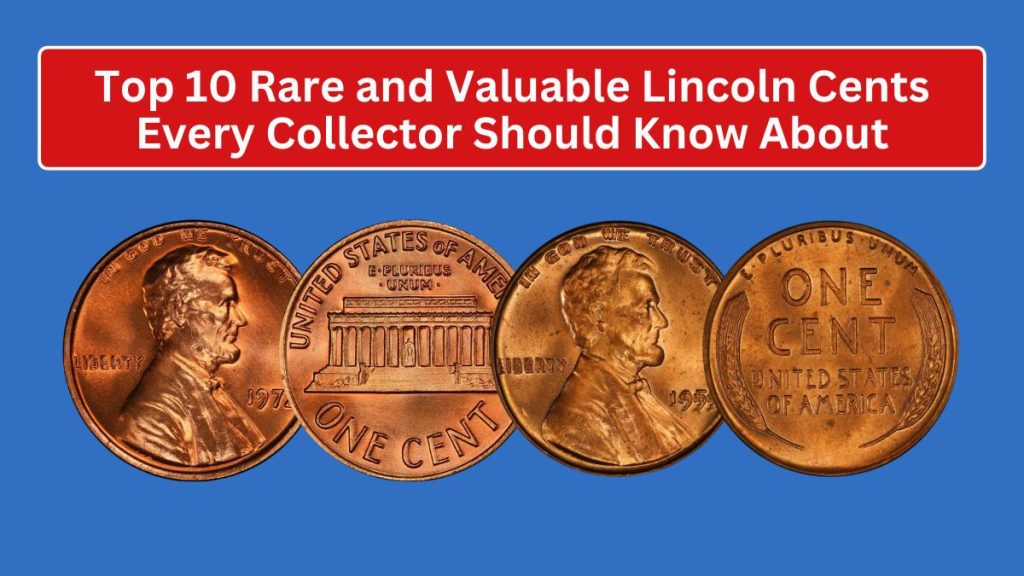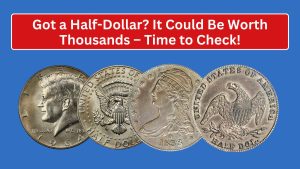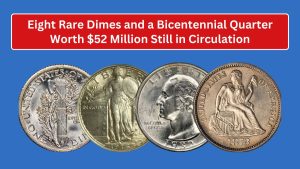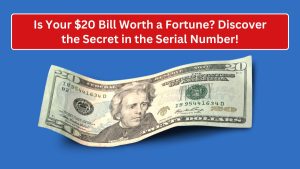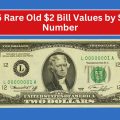Lincoln cents have been a collector’s favorite for decades, with certain varieties fetching impressive prices at auctions due to their rarity and unique characteristics.
These pennies not only hold historical significance but can also be quite valuable. Here, we dive into the top 10 rare and valuable Lincoln cents that every collector should know.
10 Rare and Valuable Lincoln Cents Every Collector Should Know About
1. 1943 Bronze Lincoln Cent
The 1943 Bronze Lincoln cent is often called the “Holy Grail” of Lincoln pennies. During World War II, the U.S. Mint switched to zinc-coated steel for pennies to conserve copper for the war effort. However, a few bronze planchets were mistakenly used in 1943, resulting in one of the most sought-after error coins. Only around 20 of these coins are known to exist. One of these rare pennies sold for $1.7 million at auction.
- Estimated Value: Up to $1.7 million
- Rarity: Extremely rare
2. 1909-S VDB Lincoln Cent
The 1909-S VDB is one of the most famous and desirable pennies in the Lincoln series. The “VDB” refers to the initials of the designer, Victor David Brenner. Only 484,000 coins were struck with these initials before they were removed, making this a key date for collectors.
- Estimated Value: Up to $100,000 in mint condition
- Rarity: High
3. 1955 Doubled Die Obverse
This iconic error coin features a noticeable doubling on the obverse, especially in the date and the words “In God We Trust.” The 1955 Doubled Die penny is one of the most famous error coins, and the misstrike is very evident even to the naked eye.
- Estimated Value: Up to $125,000 in high grades
- Rarity: Very rare
4. 1969-S Doubled Die Obverse
The 1969-S doubled die penny is another major error coin, showing significant doubling in the date and the inscription “Liberty” and “In God We Trust.” Less than 40 of these coins have been confirmed, and counterfeits are common, so authentication is crucial.
- Estimated Value: $70,000 to $100,000
- Rarity: Very rare
5. 1922 No D Lincoln Cent
This error coin was produced when the Denver mint was the only mint striking Lincoln cents in 1922. Due to a die problem, some coins were struck without the “D” mint mark. These coins are highly collectible, especially in mint condition.
- Estimated Value: $12,000 to $17,000
- Rarity: Rare
6. 1992 Close AM Penny
In 1992, some Lincoln cents were struck with a reverse design intended for proof coins, where the letters “A” and “M” in “America” are close together. Only a few of these error coins have been found, making them extremely valuable.
- Estimated Value: Up to $25,000
- Rarity: Very rare
7. 1972 Doubled Die Obverse
The 1972 doubled die penny features noticeable doubling on the obverse, especially in the word “Liberty” and “In God We Trust.” Thousands of these coins exist, but higher-grade examples are more valuable.
- Estimated Value: $1,000 to $3,000
- Rarity: Scarce
8. 1983 Doubled Die Reverse
This error features strong doubling on the reverse, particularly in the words “ONE CENT” and “E PLURIBUS UNUM.” It’s considered one of the most valuable pennies from the 1980s.
- Estimated Value: $2,500 to $7,000
- Rarity: Rare
9. 1984 Doubled Die Obverse (Doubled Ear)
Known for the significant doubling on Lincoln’s ear, this penny is a popular find among collectors. It’s one of the easier doubled die coins to spot.
- Estimated Value: $150 to $1,000
- Rarity: Scarce
10. 1990 No S Proof Lincoln Cent
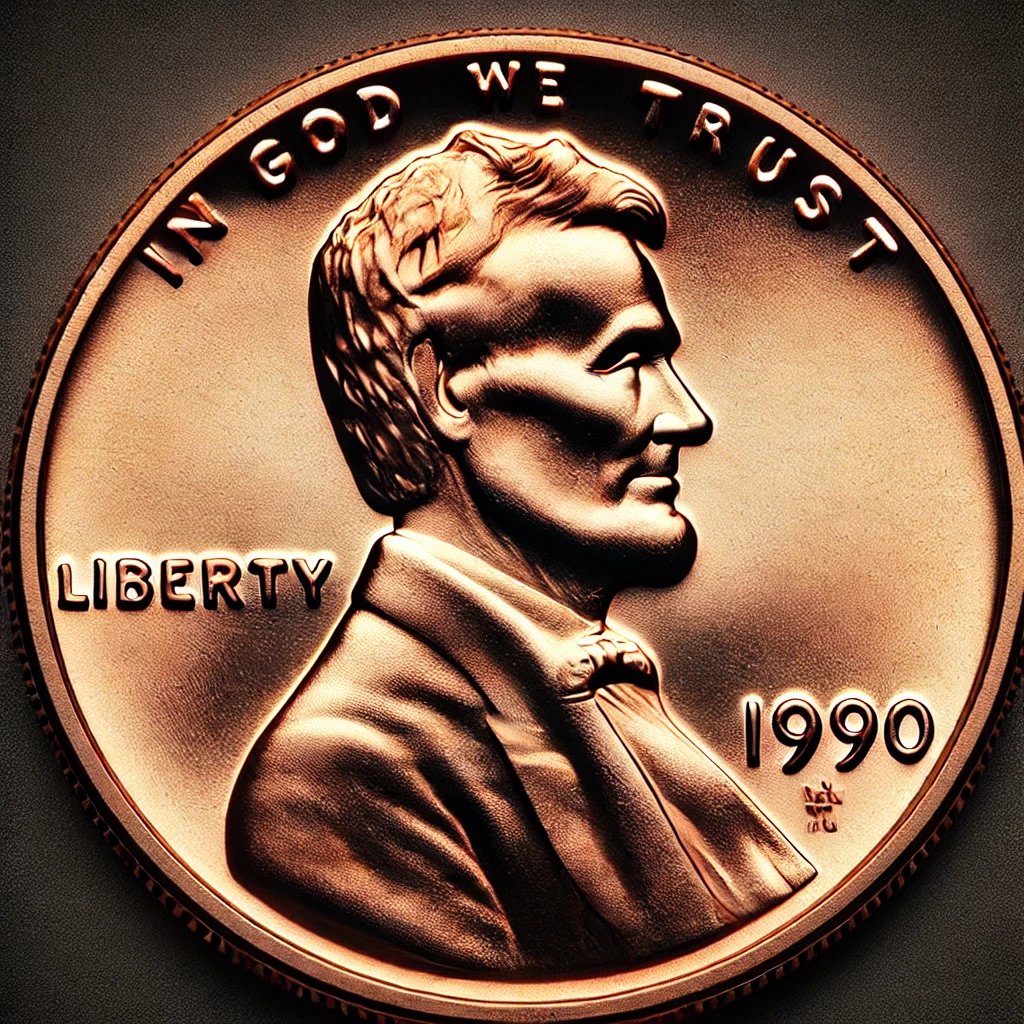
Proof pennies from 1990 should have an “S” mintmark, but some were struck without it. These error coins are highly sought after and were only sold in proof sets, not circulation.
- Estimated Value: $3,000 to $4,500
- Rarity: Rare
| Coin | Estimated Value | Rarity | Unique Feature |
|---|---|---|---|
| 1943 Bronze Lincoln Cent | Up to $1.7M | Extremely rare | Struck on bronze planchets |
| 1909-S VDB Lincoln Cent | Up to $100K | High | VDB initials on reverse |
| 1955 Doubled Die Obverse | Up to $125K | Very rare | Doubled date and inscription |
| 1969-S Doubled Die Obverse | $70K to $100K | Very rare | Strong obverse doubling |
| 1922 No D Lincoln Cent | $12K to $17K | Rare | Missing mintmark |
| 1992 Close AM Penny | Up to $25K | Very rare | Close AM in “America” |
| 1972 Doubled Die Obverse | $1K to $3K | Scarce | Doubled obverse |
| 1983 Doubled Die Reverse | $2.5K to $7K | Rare | Strong reverse doubling |
| 1984 Doubled Die Obverse | $150 to $1K | Scarce | Doubled ear |
| 1990 No S Proof Lincoln Cent | $3K to $4.5K | Rare | Missing “S” mintmark |
Conclusion
Lincoln cents have a rich history, and their unique errors and varieties make them highly collectible. Whether you’re a seasoned numismatist or a novice, these top 10 rare and valuable Lincoln cents should be on your radar.
With some coins fetching millions of dollars, hunting for these valuable pennies can be both a thrilling and rewarding hobby.
FAQs
1. Why are 1943 bronze pennies so valuable?
These pennies were mistakenly struck on bronze planchets during World War II, making them incredibly rare and valuable.
2. What is the significance of the “VDB” initials on the 1909-S penny?
VDB refers to Victor David Brenner, the designer of the Lincoln cent. The initials were removed shortly after the coin’s release, making the 1909-S VDB highly collectible.
3. How do I know if I have a 1955 Doubled Die penny?
Look for strong doubling in the date and inscriptions like “In God We Trust” on the obverse of the coin.
4. What is a Close AM penny?
The Close AM penny is an error where the “A” and “M” in “America” on the reverse are almost touching, a design intended for proof coins.
5. How can I tell if my penny is valuable?
Key indicators include the year, mintmark, condition, and any noticeable errors such as doubling or off-metal strikes.
References
- CoinValueChecker.com – Most Valuable Lincoln Penny Coins Worth Money
- CoinWeek – Ten Amazing Rare Lincoln Cents Worth a Lot of Money
- U.S. Coins Guide – Top Rare Lincoln Memorial Penny Values
- The Spruce Crafts – Most Valuable Lincoln Wheat Pennies

